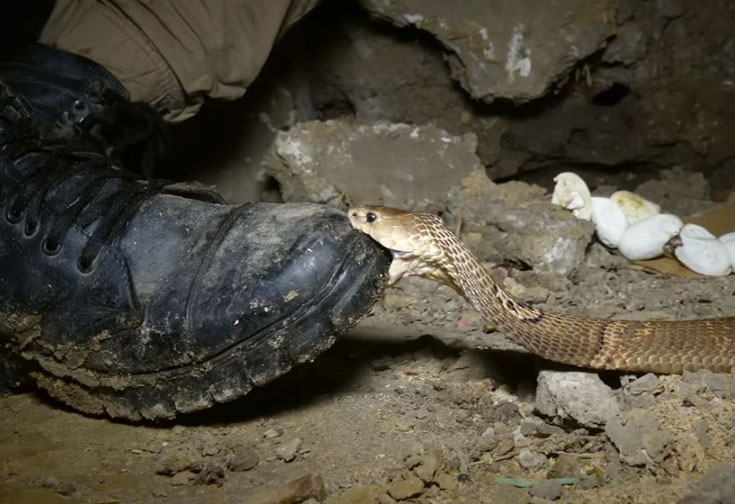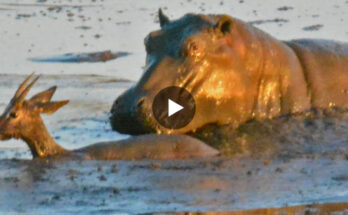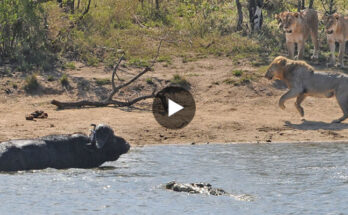It’s no wonder there are so many venomous snakes all over these areas. Not that it’s the people’s fault for they are poor, destitute people for the most part, but when there is filth and clutter around it will always attract rats, mice, vermin of all sorts, and other snakes, all of which are a cobra’s favorite prey and a perfect place for these snakes to breed.
The monocled cobra (Naja kaouthia) is a highly venomous snake species native to South Asia and Southeast Asia. These dangerous and potentially deadly snakes can be found in China, India, Vietnam, Nepal, and Cambodia, but also Malaysia, Bangladesh, Bhutan, Laos, Myanmar, and Thailand.

The species is also commonly referred to as the Monocellate cobra or Thai cobra and belongs to the family Elapidae. The monocled cobra gets it common name from the O-shaped, or monocellate hood pattern present on the rear of its hood. It’s distinct to that of the Indian cobra or spectacled cobra which has a “spectacle” pattern, formed by the two circular ocelli connected by a curved line.
Monocled cobras are medium-sized and heavy-bodied snakes with elongated cervical ribs that expand to form the typical hood when they feel threatened. Usually, these cobras prefer to flee, but if threatened they will raise their body, spread their hood and hiss loudly, and will eventually strike and bite to defend themselves.
Their highly toxic venom is considered one of the fastest acting snake venoms in the world and can cause death in just an hour after envenomation. Contrary to the Indian Cobra (N. naja) monocled cobras can deliver a bite in the very first attack making it even more dangerous.
Their bite causes localized swelling at the bite area but also the progressive paralysis of the nervous system which may lead respiratory paralysis and death due to asphyxia. The monocled cobra bite may also lead to tissue necrosis requiring surgical intervention.
They have a pair of fixed anterior fangs, that may reach more than 6mm, and are somewhat adapted for spitting.



